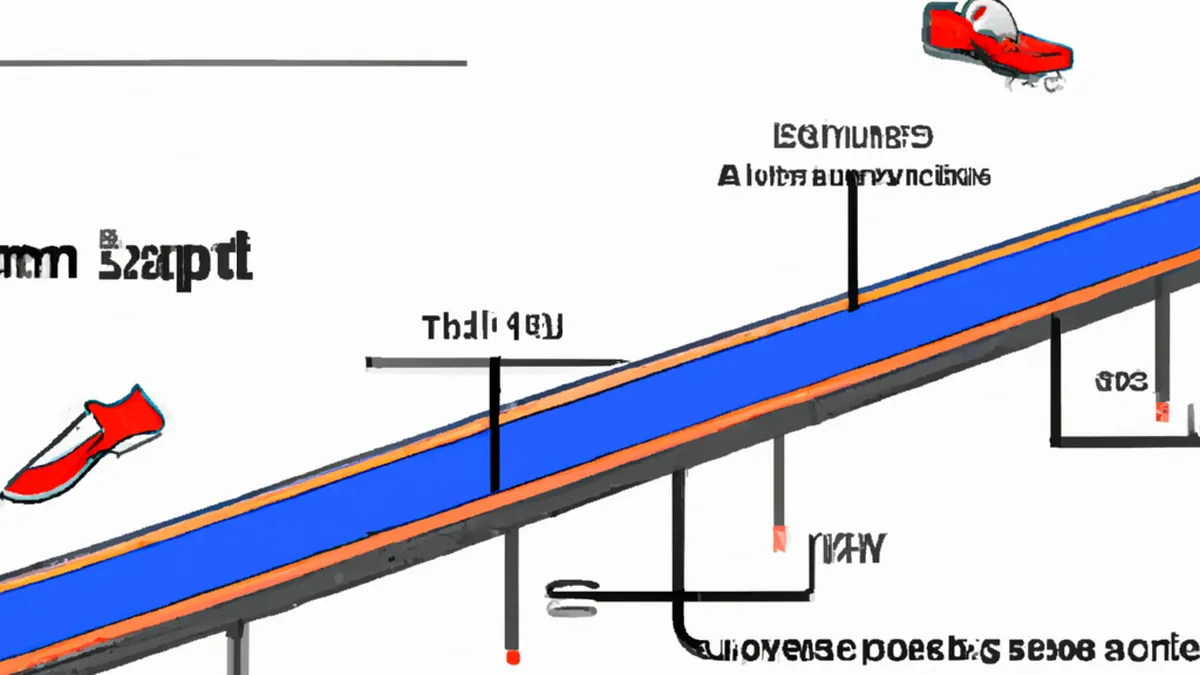Jump Higher: Mastering Takeoff Angles
The Physics of Long Jump: Analyzing Takeoff Angles and Speed
The long jump captivates athletes with its blend of speed, technique, and physics. Athletes strive for maximum distance by mastering takeoff angles and speed. Understanding the relationship between these elements significantly influences performance. This article explores factors affecting successful long jumps, including optimal takeoff angles and the importance of speed.
Understanding Takeoff Angles
Takeoff angle significantly impacts how far an athlete can jump. Research shows that the ideal angle ranges from 18 to 24 degrees. This range helps athletes maximize vertical and horizontal distance.
The Importance of Optimal Angle
Athletes achieve a balance between height and distance at the optimal angle. A low takeoff angle reduces vertical lift, causing early ground contact and shortening the jump. A steep angle may increase vertical lift but reduce horizontal distance.
Calculating the Perfect Angle
Athletes can calculate the ideal takeoff angle using basic physics. The trajectory of a long jumper follows a mathematical model. The formula for projectile motion involves initial speed and gravitational acceleration.
To maximize distance, use this formula:
\[
\text{Range} (R) = \frac{v^2 \sin(2\theta)}{g}
\]
where \(R\) is the range, \(v\) is initial velocity, \(g\) is gravity (approximately 9.81 m/s²), and \(\theta\) is the takeoff angle. The sine function indicates that optimizing the angle is crucial. A takeoff angle around 20 degrees often balances height and distance well.
Speed: The Key Ingredient
Speed plays a vital role in long jump success. Faster athletes convert more kinetic energy into horizontal distance during jumps. Speed and technique must work together; a strong sprint before takeoff enhances jump distance.
Building Speed
Athletes can boost their speed through various training techniques. Sprinting drills, strength training, and plyometrics are essential for long jumpers. Sprinting drills improve acceleration, while strength training builds muscles for explosive takeoffs. Plyometric exercises—like box jumps and bounding—develop fast-twitch muscle fibers critical for speed.
The Role of Acceleration
Acceleration contributes significantly to jump distance. Athletes must focus on building rapid speed leading into the jump.
Conclusion
In summary, understanding takeoff angles and speed is crucial for long jump success. Athletes can maximize their performance by optimizing these factors.
Below are related products based on this post:
FAQ
What is the optimal takeoff angle for long jump athletes?
The ideal takeoff angle for long jump athletes ranges from 18 to 24 degrees. This range helps maximize both vertical and horizontal distance, allowing athletes to achieve a balance between height and distance during their jumps.
How does speed influence long jump performance?
Speed is a vital component of long jump success, as faster athletes can convert more kinetic energy into horizontal distance. A strong sprint before takeoff enhances jump distance, making it essential for athletes to develop their speed through various training techniques.
What training techniques can help athletes improve their speed for long jumping?
Athletes can improve their speed through several training techniques, including sprinting drills, strength training, and plyometrics. Sprinting drills enhance acceleration, strength training builds muscles for explosive takeoffs, and plyometric exercises develop fast-twitch muscle fibers that are crucial for speed.















Post Comment